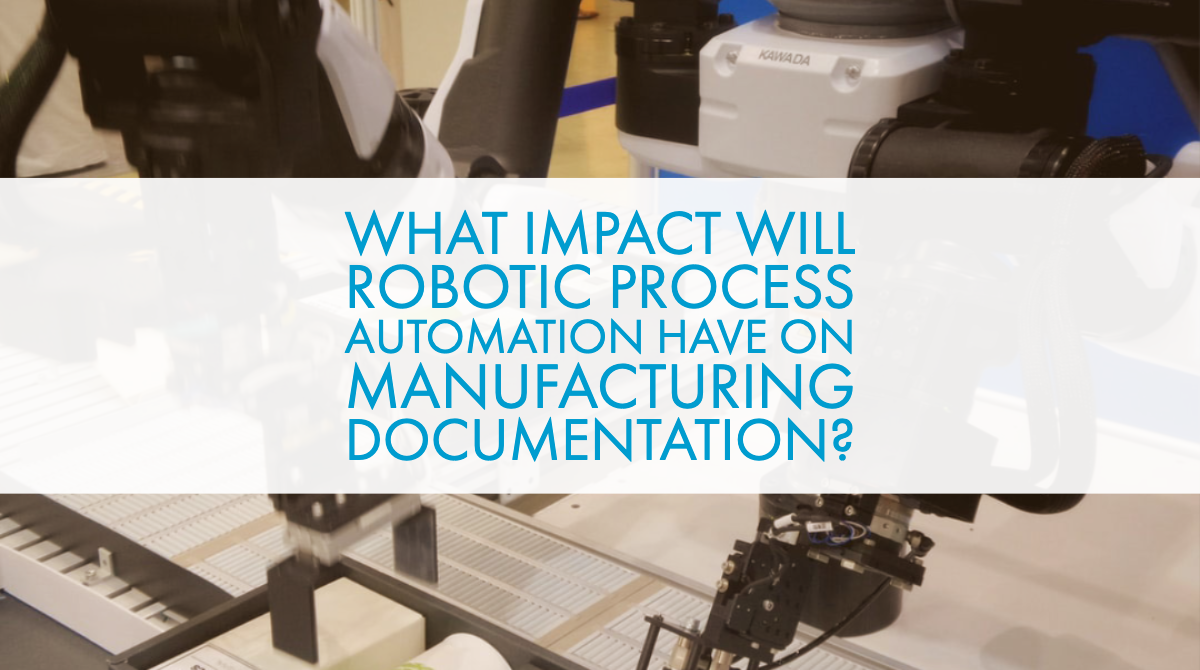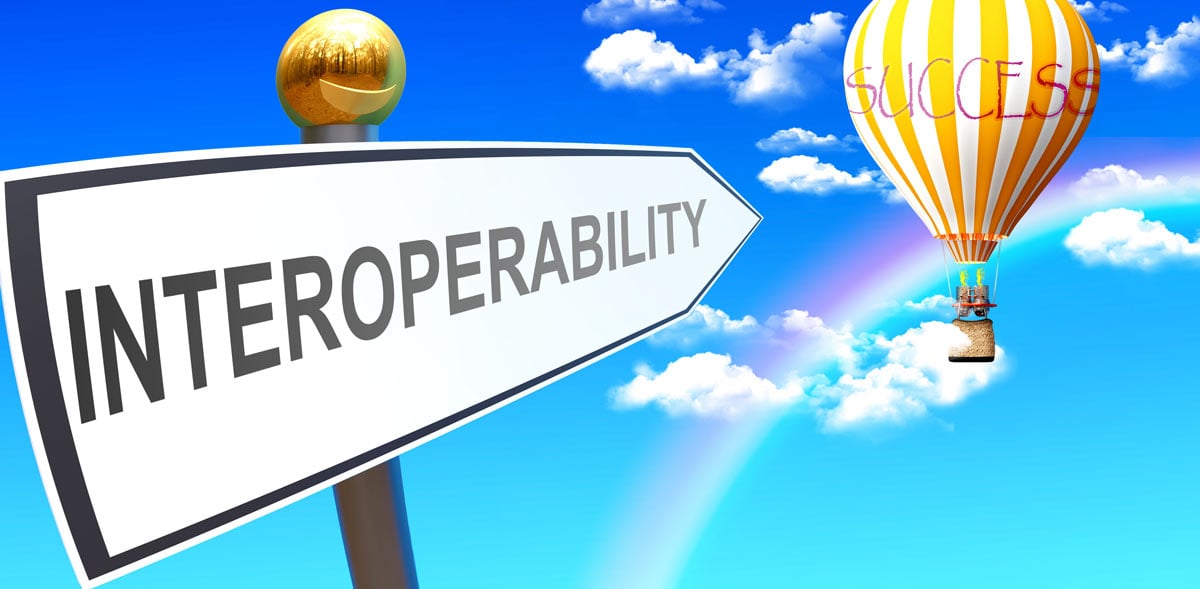Once upon a time, documentation specialists consolidated information from subject matter experts (SMEs) into user manuals or “how-to” guides. That meant writers and trainers spent a great deal of time watching and talking to SMEs to gain the knowledge needed to write the documentation and training materials. Changes to the documentation translated into hours of work because most of it was performed manually. It wasn't perfect, but it was straightforward.
Then came on-line documentation where existing hard-copy documents needed to be digitized. Documents were converted into files that could be uploaded, scanned, or read using Optical Character Recognition (OCR) programs. Of course, these digitized documents had to be reformatted for on-screen usability. Eventually, documents were written on-line using a content management system. Across an enterprise, documentation might be in hard copy, digitized into .pdf and .doc files, or written in a content management system. The process was messy.
Today, digitized information must be readable by humans and machines. With the growth of Robotic Process Automation (RPA), documentation must be accessible to machines. At the same time, traditional end-users expect on-line information to be more than text on a screen. They want it to be searchable, with key points clearly identified. End users want training materials that engage as well as educate.
Suddenly, documentation experts are dealing with information from the pre-digitized world, digitized documents in multiple formats, and a new set of documentation requirements. The documentation world is a whole lot messier. How is a documentation process to address the new requirements? How are existing documents to be updated to reflect the new requirements? Actually, what are the new requirements?
Structured and Unstructured Data
Structured data is data stored in formats that can be quickly sorted, searched, and analyzed. Databases and spreadsheets are examples of structured data, where one piece of information exists in each field or cell. To determine if the data set is applicable, a program looks at a field or cell for a stated value – say Y. If the value is Y, the entire data set is accessible.
Documentation is considered unstructured data. Although a document may have an internal organization, that structure is not understandable by other systems accessing the information. For a software program to determine if a document has pertinent information, it has to parse the entire document looking for a stated value. Searching unstructured data is time-consuming and inconsistent.
An RPA system needs structured data. So how do you turn unstructured documentation into structured data for RPA implementations? Think Search Engines such as Google or Bing.
Every page or post has a space for what is called metadata. Google and Bing create software programs called bots that wander the internet looking at metadata. If you want your website or post to appear in search results, you must provide metadata. Without it, your site appears at the end of page 12 of the search results! When thinking about how to provide documentation for both a human and machine, metadata may serve as a bridge between the unstructured world of documentation and the structured needs of software programs.
Rule-Based Automation
The robot in robotic process automation is not a Terminator-like machine, but software that executes a series of rules. These “bots” are designed to perform repetitive tasks such as generating invoices from sales orders or moving contact information from a web form to a customer relationship management (CRM) system.
Where do the rules for RPA come? Ideally, they come from existing process documentation used for training employees. Often, the rules come from subject matter experts who perform the function without a documented process.
For bot development to work, the rules must come from a single source. Imagine the difficulties if programs were developed based on how one employee performs the functions, but updates to the rules use a different employee’s process. Consistent process documentation that eliminates individual preferences is crucial for successful RPA implementation.
A “hierarchy of truth” provides the consistency RPA needs to operate effectively. Changes are made once. Other resources that depend on the documentation, such as bots, are automatically notified of the change. Each resource can make its updates based on a single source of change.
Writing rule-based documents for RPA creation means creating processes that execute one action per step. At their core, bots are still software that operates in a binary world. This requirement may present a challenge if using existing documentation. Look at the following example.
- Example A: Enter the value from x into y and press Enter to move to the next field.
- Example B: Locate field x. Place the value in field x into field y. Press Enter.
Humans can parse example A into a multi-step process. A bot can be programmed to parse example A, or it could simply read and execute example B. Parsing takes time, so the bot program would take longer to execute using example A. A minor change in how documentation is written can have a significant impact on system performance.
Corporate-Wide Knowledge Management Systems
With the move towards RPA and even AI applications, businesses need a way to transform their existing knowledge into usable formats for machines and people. Knowledge management systems (KMS) centralize your business knowledge for easy access. When properly configured, a KMS can meet the needs of a bot or a new hire from a single source of original content.
KMS can bring structured and unstructured data together to create a wealth of information to help an enterprise function more efficiently. Adding metadata-like capabilities to source documents means information is more readily available, and search results are faster. Nothing is worse than having a search request time out because parsing unstructured documents takes too long.
Data transformation is an essential component of KMS. With the right tools, you should be able to leverage your corporate knowledge into engaging employee training programs, searchable reference tools, and rule-based content. KMS can deliver the same content in multiple formats for use on a variety of devices, giving employees the ability to access information in a way that is most useful to them.
If you are looking for a corporate-wide KMS that lets you create, manage, and deliver documentation, speak to a member of the GT Team today. We make knowledge management less messy.






Leave a comment